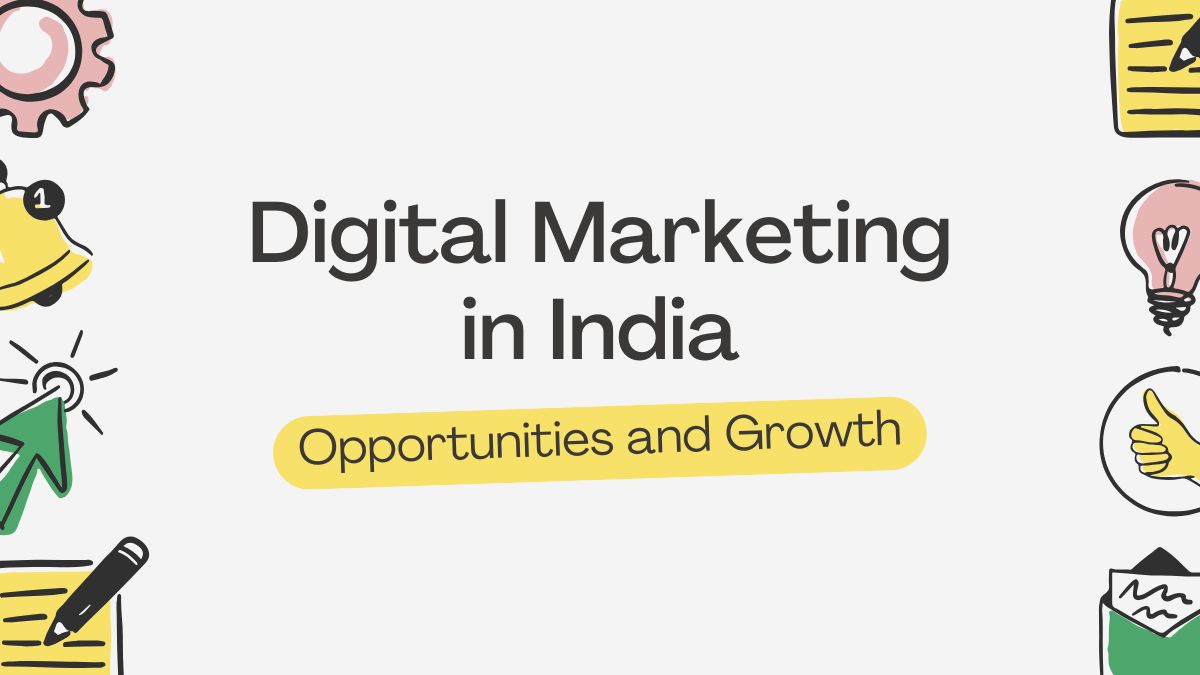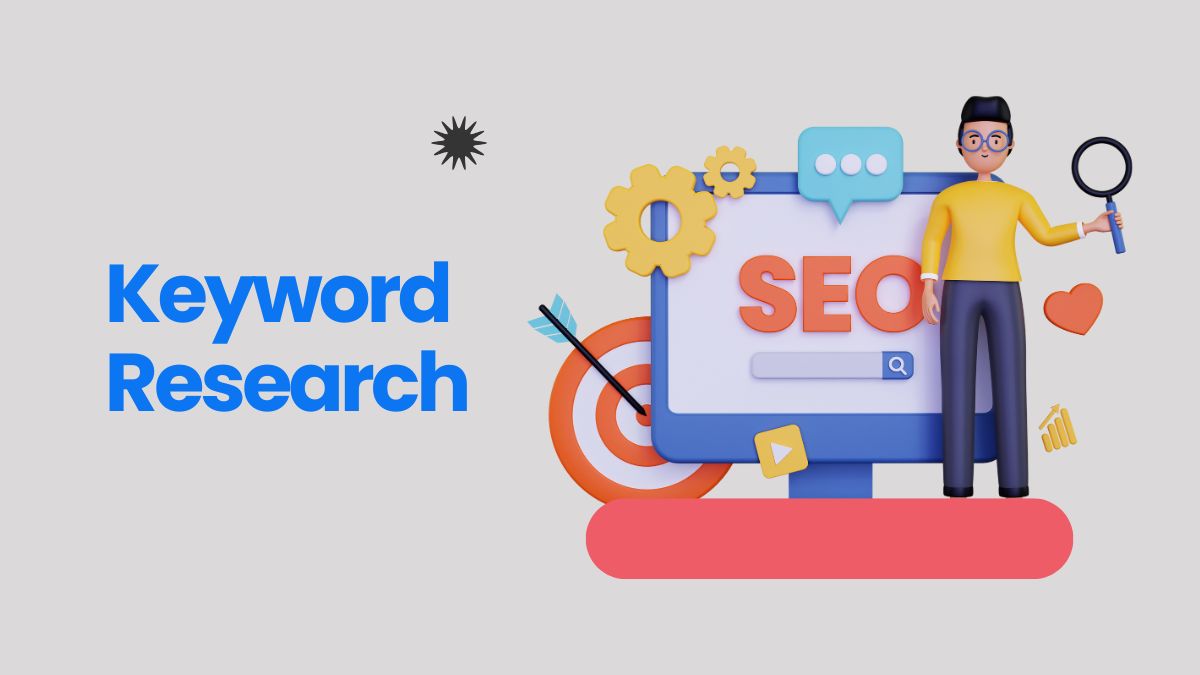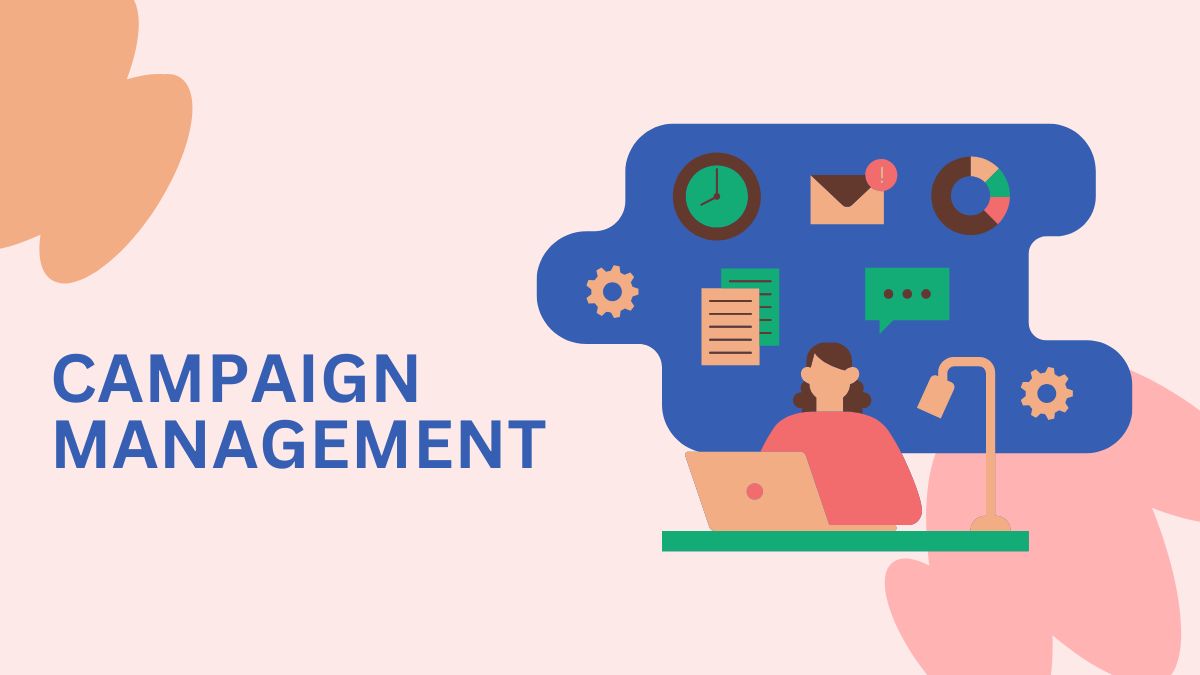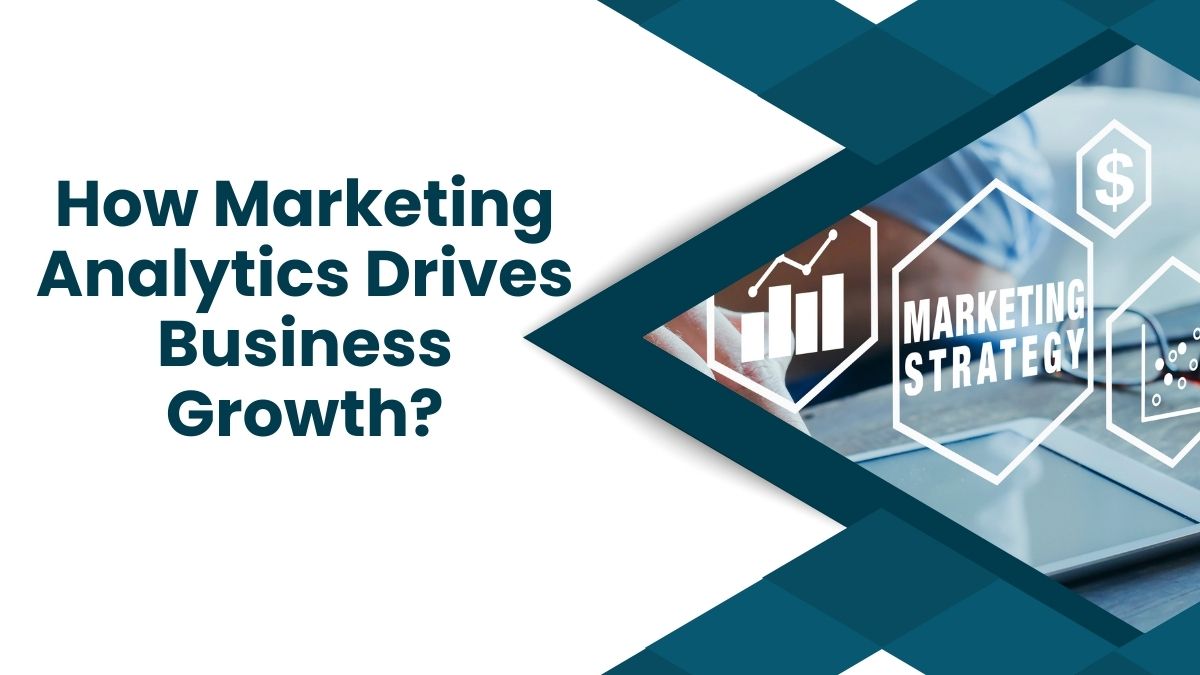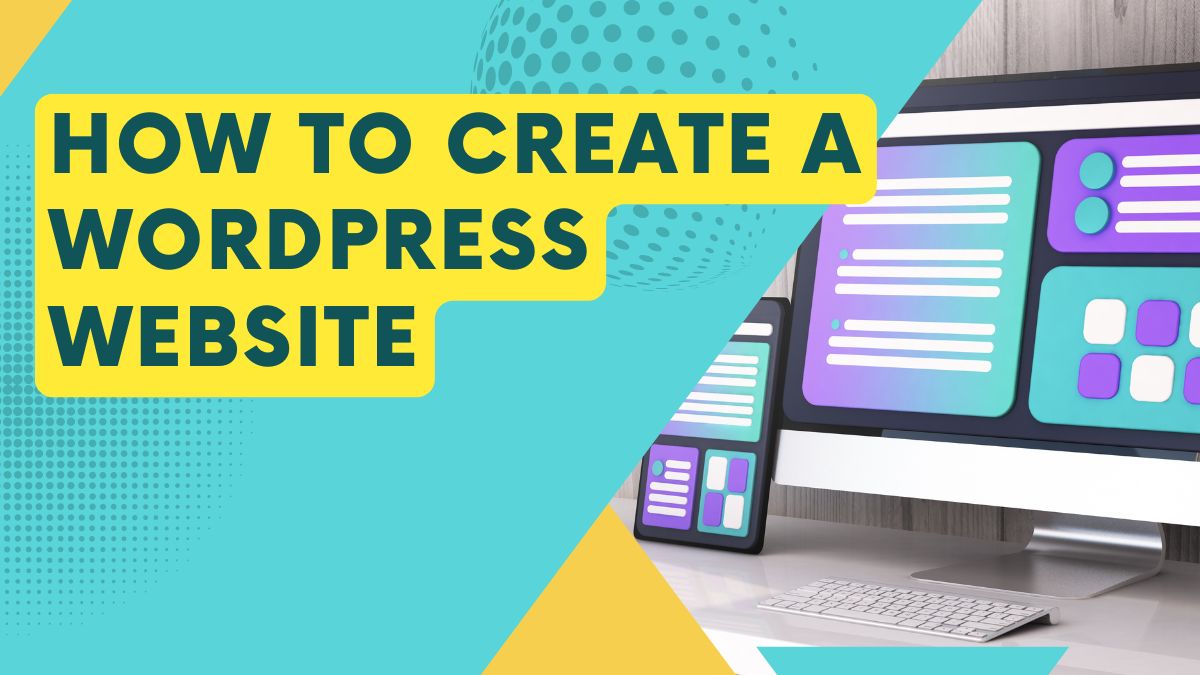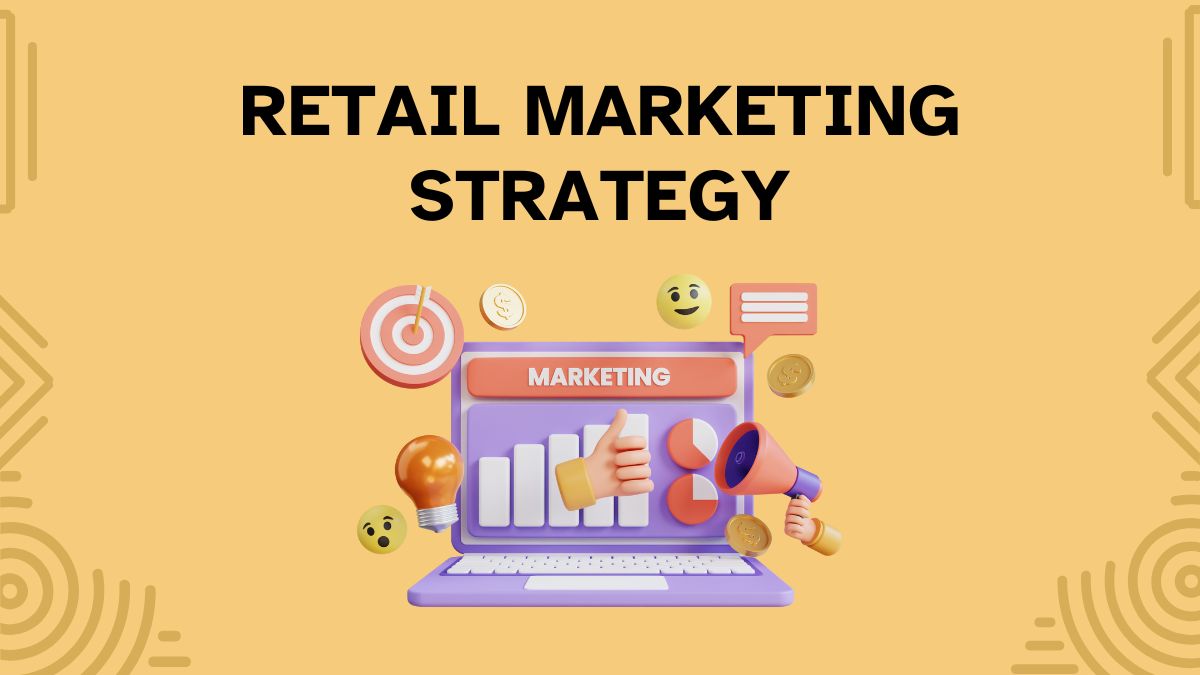Digital marketing in India has increased multifold in the last decade. This has been brought about by the sudden increase in internet users and the speedy digital transformation of industries within the country. India has been found to have more than 900 million internet users and, therefore, emerged as the second-largest online market in the world. With the internet now entering every nook and corner of India, businesses have started going more and more digital in reaching and connecting with their targeted audience. This therefore provides huge scope for a skilled digital marketer.
This article will go through the vast digital marketing scopes in India, which enable understanding of growth potential along with emerging trends in the field of digital marketing in 2024 in India and how to cash this new boom for the industry. For skill up gradation, we are going to discuss the importance of seeking certification in digital marketing courses for beginners in India for mastering one of the market demands.
The Rise of Digital Marketing in India
The digital marketing market in India is burgeoning phenomenal in demand and size. As the business community gradually adopts digital transformation, the people are shifting their inclination away from marketing from the traditional sources to going into internet mediums instead.
Mass mobilisation of cell phones and data rates in combination with high-speed Internet access mainly in rural geographies contributes to this venture into a digital world. It again forms a very auspicious scene for new entrants like fresh marketers coming to grasp the nuances to mark the very successful path within the reach of digital marketing for first-time beginners of India as well.
Digital Marketing Opportunities in India
This has given a dynamic nature to the Indian digital marketing landscape through the wealth generated in terms of opportunities in the various channels and sectors. Some of the areas where prospects are enormous for digital marketers include:
E-commerce Growth and Digital Marketing
As India becomes the hub for e-commerce, digital marketing is significant in online retail. Through digital channels, companies target and retarget potential customers and personalise shopping experiences. Paid advertising, social media engagement, email marketing, and content-driven SEO strategies, which attract traffic and convert leads into sales, focus more on digital marketers in the e-commerce sector.
With the increasing e-commerce market, the demand for marketers who can create revenue by tapping power from digital platforms increases. Mass digital marketing opportunities in India – data-driven strategy and customer engagement-skilful marketers spring up from demands.
Social Media and Influencer Marketing
The power of social media has changed marketing in India, allowing brands to communicate directly with their audience. Top usage: Instagram, Facebook, YouTube, and Twitter; brands engage the audience through interactive content and collaborations with influencers. Social media marketing is an opportunity for fresh marketers to create loyalty to a brand and generate leads by creating creative content and insights.
One such sector in India that has been booming considerably is influencer marketing, wherein brands collaborate with popular influencers to increase their reach and gain authentic appeal. Social media, and especially influencer marketing, is a fulfilling yet impactful domain for emerging marketers as the platform offers access to measurable brand growth.
Content Marketing and SEO
Content marketing is at the forefront of a digital strategy. Valuable, informative, and engaging content can attract target customers, and combining content marketing with SEO maximises brands’ presence on search engines, generating organic traffic to websites.
The demand for a digital marketer who is an expert in content creation, keyword research, and SEO tactics is high because businesses want to increase their search visibility. This will be one of the areas of career interest if you want to have a career in digital marketing in India, as it involves creativity and analytical skills in developing content that may rank well on search engines.
Mobile Marketing
The importance of mobile marketing in India lies in its high smartphone penetration rate. Since mobile is the first device to access the Internet, digital marketers are trying to devise mobile-centric strategies to effectively target this mass audience. From SMS marketing to mobile application ads, marketers now employ various tactics to attract consumer attention on mobile platforms.
The truth is that most Indian internet users view their content on mobile. The marketer who can manage mobile marketing well has an opportunity to take maximum benefit from this trend and accordingly make campaigns that reach consumers wherever they are.
Growth Potential for Marketers in India
A roaring digital economy and increasing internet penetration are expanding the growth potential for marketers in India. Increasing the online consumer base requires catching that audience, and considering digital marketing offers measurable deliverables; businesses are willing to spend on skilled professionals with guaranteed returns. As enterprises gain an increased focus on ensuring a robust online existence, digital marketing roles shall be in demand, not merely by freshers but also by industry-seasoned professionals.
New marketers will also benefit from the industry’s explosive growth by knowing the latest digital marketing trends for 2024 in India, thus developing relevant skills. Thus, growth sectors extend from e-commerce and retail to finance and education, meaning that a career in digital marketing is promising in India.
Thus, the growth sectors extend from e-commerce and retail to finance and education; a career in digital marketing is promising in India.
Digital Marketing Trends 2024 India
As we enter 2024, the following digital marketing trends in India will shape the industry, giving new marketers a chance to engage their audience innovatively. Here’s the most promising trend of the year:
- Voice Search Optimization: Voice assistants like Alexa and Google Assistant will soon be on everybody’s lips, so voice search optimization will quickly be the new buzzword in SEO strategies.
- Video Advertising: Video-related content rises, and YouTube, among others, ceases to be an extra in maintaining attention towards a brand.
- AI/Machine learning: AI-based, with machine learning personalisation, is also quite a differentiated and, above all, much more effective campaigning activity.
- Augmented Reality / Virtual Reality: New, novel formats are created of experience on top of experience. This approach through e-commerce towards customers gives them multiple dimensions of experiencing a firm’s product offering.
- Sustainability Marketing: As customers grow green, more audience attention and focus will be on responsible, sustainability-based companies.
Beginners in this field must be aware of all these upcoming trends to ensure relevance to the fast-evolving, ever-changing industry landscape.
Why Consider a Career in Digital Marketing in India?
There are many benefits to pursuing a digital marketing career in India. These jobs provide creative freedom, and the job market is growing. One can even make pretty high earnings in these jobs. The demand for skilled and qualified digital marketers is all set to soar higher, given that businesses around the world are becoming increasingly digital.
- Huge demand: Digital marketing demands the huge employment of professionals, ranging from SEO experts to social media managers to content marketers to data analysts.
- Multiple career paths: Digital marketing careers offer various specialisations, and marketers can pursue routes that match their best capabilities.
- Flexibility and Remote Opportunities: A wide range of digital marketing careers can be done remotely, offering the flexibility to work from anywhere.
- Continuous Learning and Growth: Digital marketing is a continuously growing area, thereby ensuring that people who want to be at the top will have continuous learning and upskilling opportunities.
The Importance of Certification in Digital Marketing
A digital marketing certification would put you ahead of your contemporaries in the very competitive digital marketing industry. While this can help build these vital skills, such a certification adds value to your commitment by upping your credibility and showing employers that you desire to master your trade. Its topics range from SEO and social media marketing to data analytics and content strategy.
Professional Certificate in Digital Marketing and MarTech, CEC, IIT Roorkee
A certification can equip new marketers with the pertinent knowledge to overcome the challenges of this industry, catch up with the trends, and take up complex roles with expertise in digital strategies.
This professional certificate will be a well-rounded foundation for those interested in advancing their digital marketing skills. This program, developed in association with IIT Roorkee, offers hands-on skill development and theoretical knowledge provided by one of the premier institutes in India. It caters to anyone interested in gaining practical knowledge and the theoretical aspect of digital marketing.
Key Takeaway:
- The student gets training from experienced faculties at IIT.
Campus Immersion at IIT Roorkee: It provides for theoretical understanding along with the experience of practical applications. - Prestigious Certification, industry-accepted, from the Institute of IIT Roorkee prestige. Instead of meeting the industry’s requirements, the course’s design targets applicability in natural conditions.
- Contemporary Curriculum: This involves search engine optimization, social marketing, affiliate marketing, and analytics.
- This is a 4.5-month duration that is half at a time-both online and campus learning.
The digital marketing course has been designed to establish solid foundations for you in your career and develop intensive knowledge about MarTech on the way to marketing during times.
FAQ’S
- In what percentage is Indian digital marketing growing?
Digital marketing grows with the penetration of the internet advancing, smartphone use and online shopping increasing for mass exposure through essential digital channels.
- What are the major digital marketing trends for 2024 in India?
In short, they are, voice search optimization, video marketing, AI-driven personalisation, AR and VR and sustainability marketing. - Is a career in digital marketing in India a good bet?
Yes, it offers varied roles, scope for growth, and opportunities to work in different sectors. This makes digital marketing an auspicious, promising industry in India.
- How will certification in digital marketing benefit me?
A certification offers structured learning, practical skills, and enhanced credibility, which enhances the scope for jobs and expertise in digital marketing.
- Opportunities for freshers in digital marketing in India?
Growth areas: Freshers may look at SEO, social media, content marketing, and mobile marketing —these are growth areas in the Indian market.
Conclusion
Digital marketing in India is exciting as this field has a great scope. Digital marketers in today’s digital scenario are finding enormous demand while there is shifting in various sectors towards digitalisation. More and more companies will get diverted to digital marketing, and people will be willing to try different things digitally, requiring professionals with colossal experience. There can be a plethora of options, whether social media marketing or content marketing and then on the mobile end; therefore, digital marketing lets the brand reach customers through creative modes and thus achieve output.
Professional Certificate in Digital Marketing and MarTech, CEC, IIT Roorkee, is for those eager to shine at the focal point. With complete knowledge and sufficient ability accompanied by a commitment to the same, aspiring marketers can shape their career chart to win success in India’s digital marketing.

